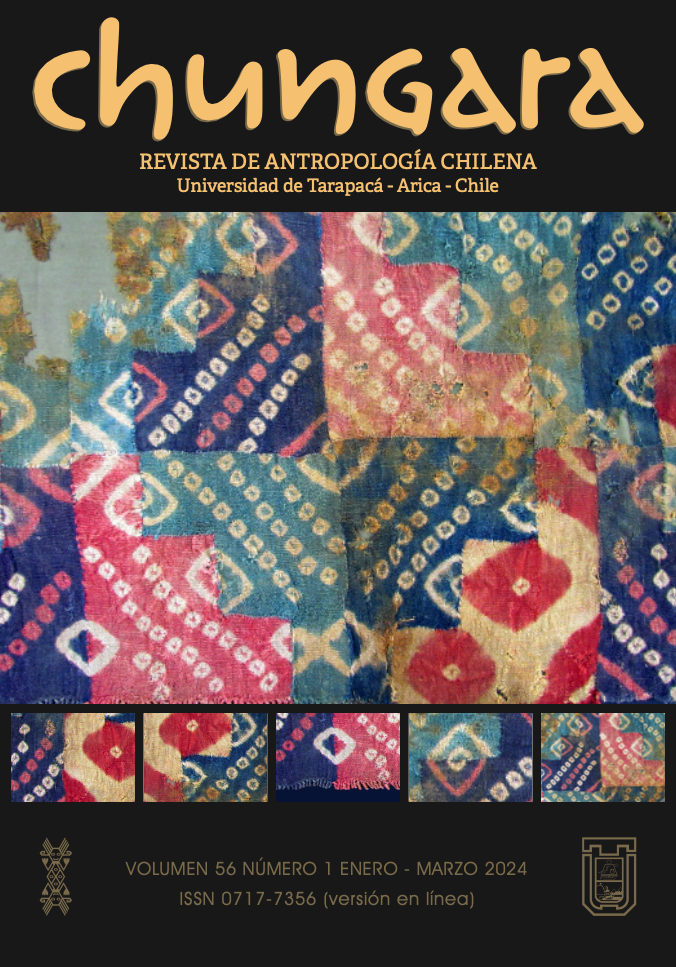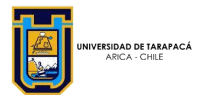Written by Super User. Posted in Papers - English
ASSESSING PLANT CONSUMPTION AND USE AMONG MARINE HUNTER GATHERERS AND FISHERS THROUGH DENTAL CALCULUS STUDIES OF THE NORTHERN PATAGONIAN CHANNELS (41°30’- 47° S)
EVALUANDO EL CONSUMO Y USO DE PLANTAS ENTRE CAZADORES RECOLECTORES PESCADORES MARINOS A TRAVÉS DEL ESTUDIO DEL TÁRTARO DENTAL HUMANO EN LOS CANALES SEPTENTRIONALES DE PATAGONIA (41°30’- 47° S)
Carolina A. Belmar, Omar Reyes, Ximena Albornoz, Augusto Tessone, Manuel San Román, Flavia Morello and Ximena Urbina
This paper presents the results of the study of the microfossil content of the human dental calculus of 49 individuals from 17 archeological sites of the Chiloé and Los Chonos archipelago with chronologies between ~4400 to 300 years cal BP. The previousδ13C y δ15N stable isotope values of the inhabitants of this area revealed an eminently marine diet for these hunter gatherers. Nevertheless, in relation to their predominant diet, the consumption of plant resources has remained unseen. The integration of this type of evidence has allowed us to detect the consumption of seaweed, wild and domesticated plants, some with medicinal and psychoactive properties, in addition to the functional use of the oral cavity based on the presence of remains of plant stems used in basketry. Finally, the presence of domesticated plants in the northern archipelagos constitutes a bio-indicator of archaeological remains that allows us to project contacts between different cultural pathways of the marine hunter gatherers and horticultural groups throughout the temporal sequence.
Print
Email
Written by Super User. Posted in Papers - English
MORTUARY CONTEXTS IN THE RAMADILLAS RIVER BASIN (ATACAMA REGION, CHILE): RADIOCARBON DATES AND STABLE ISOTOPES ANALYSIS
CONTEXTOS MORTUORIOS EN LA CUENCA DEL RÍO RAMADILLAS (PRE-CORDILLERA DE LA REGIÓN DE ATACAMA, CHILE): DATACIONES Y ANÁLISIS DE ISÓTOPOS ESTABLES
Pablo Díaz, Aryel Pacheco, Pilar Rivas and María Josefina González
This article presents the results of radiocarbon datings and stable isotopes analyses (13C, 15N, and 18O) of seven individuals, four infants and three adults recovered from pre-Hispanic mortuary contexts in the Andean foothills of the Atacama Region (Chile). The datings obtained and contextual data suggest that the mortuary contexts correspond to archaic hunter-gatherer individuals from Las Ánimas complex, Copiapó Culture, and from Diaguita-Inca groups. Diet analysis, in turn, point to differences in vegetable consumption between hunter-gatherers and ceramic groups, since the δ13C values of the first group are located in an intermediate position between C and C plants, whereas the δ13C values of the second group show a tendency to higher consumption of C 344 plants. The δ15N values show no significant differences regarding terrestrial meat intake between both groups. The δ18O values suggest that the mobility of the individuals analyzed was circumscribed within environments similar to the area where they were buried; however,, higher δ18O rates can be observed in the hunter-gatherer individuals. These results are the first of their type in this study area and add to the scattered existing data for the Atacama Region.
Print
Email







